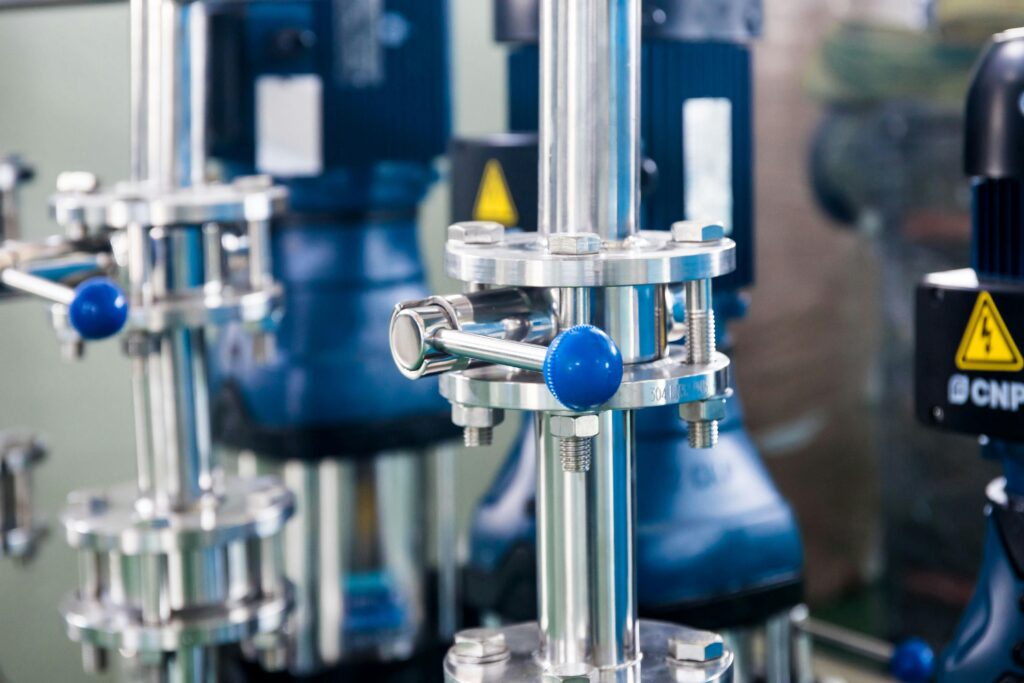
Trend 1: Sustainable Practices Increase in Importance Across the Entire Supply Chain
Sustainability is no longer a niche concern; it has become a central pillar in the manufacturing industry. As environmental awareness grows, companies are under pressure to reduce their carbon footprint and implement eco-friendly practices. From sourcing raw materials to the end-of-life disposal of products, sustainable practices are being integrated at every stage of the supply chain. This shift is driven by both consumer demand and regulatory requirements, compelling manufacturers to innovate in areas such as energy efficiency, waste reduction, and the use of recycled materials.
Key Areas of Focus:
- Energy Efficiency: Implementing energy-saving technologies and practices to reduce operational costs and environmental impact.
- Waste Reduction: Minimizing waste through lean manufacturing techniques and recycling initiatives.
- Sustainable Sourcing: Using raw materials that are sustainably sourced and have a lower environmental impact.
Trend 2: Quality of Production Machines and Equipment Increases
The quality of production machines and equipment is paramount in ensuring product safety and compliance with stringent hygiene standards. Advances in technology have led to the development of high-precision, durable, and easy-to-clean equipment. Manufacturers are increasingly investing in state-of-the-art machinery that enhances productivity while maintaining the highest hygiene standards. This trend is particularly evident in sectors such as food and beverage, pharmaceuticals, and healthcare, where the stakes are exceptionally high.
Key Areas of Focus:
- Precision Engineering: Machines that offer high precision to ensure consistent product quality.
- Durability: Equipment designed for long-term use, reducing the need for frequent replacements.
- Ease of Cleaning: Features that allow for easy and thorough cleaning to maintain hygiene standards.
Trend 3: Resilience and Flexibility in Supply Chains Become Ever More Important
Recent global disruptions have highlighted the need for resilient and flexible supply chains. Manufacturers are now prioritizing strategies that enable them to quickly adapt to changing conditions and mitigate risks. This includes diversifying supplier bases, investing in advanced planning systems, and incorporating redundancy into supply chain networks. The ability to respond swiftly to disruptions is critical in maintaining continuous production and meeting customer demands.
Key Areas of Focus:
- Supplier Diversification: Reducing dependency on single suppliers to mitigate risks.
- Advanced Planning Systems: Utilizing technology to forecast demand and manage inventory efficiently.
- Redundancy: Building in backup options to ensure supply chain continuity.
Trend 4: Regulations Will Become More Stringent
As the world becomes more interconnected and health concerns rise, regulatory bodies are imposing stricter standards on manufacturing processes, especially in industries where hygiene is critical. Compliance with these regulations is essential not only to avoid legal repercussions but also to ensure consumer safety. Manufacturers must stay abreast of changing regulations and adapt their processes accordingly. This involves regular audits, updating equipment, and training staff on compliance requirements.
Key Areas of Focus:
- Compliance Audits: Regularly conducting audits to ensure adherence to regulations.
- Equipment Upgrades: Investing in new technologies that meet the latest standards.
- Staff Training: Educating employees on regulatory requirements and best practices.
Trend 5: Digitalization Enters All Levels of Hygienic Manufacturing
The digital revolution is transforming every aspect of hygienic manufacturing, from production to quality control. The adoption of digital technologies such as IoT, AI, and big data analytics is enabling manufacturers to optimize processes, improve product quality, and enhance operational efficiency. Digitalization facilitates real-time monitoring, predictive maintenance, and data-driven decision-making, ensuring that hygiene standards are consistently met.
Key Areas of Focus:
- IoT Integration: Using IoT devices to monitor equipment performance and environmental conditions in real-time.
- AI and Analytics: Leveraging AI and big data to predict maintenance needs and optimize production.
- Process Optimization: Implementing digital tools to streamline operations and improve efficiency.
Certified standard components | NHK Machinery Parts
The future of hygienic manufacturing is being shaped by these five key trends. By embracing sustainable practices, enhancing equipment quality, building resilient supply chains, adhering to stringent regulations, and adopting digital technologies, manufacturers can stay ahead of the curve and meet the evolving demands of the market.
